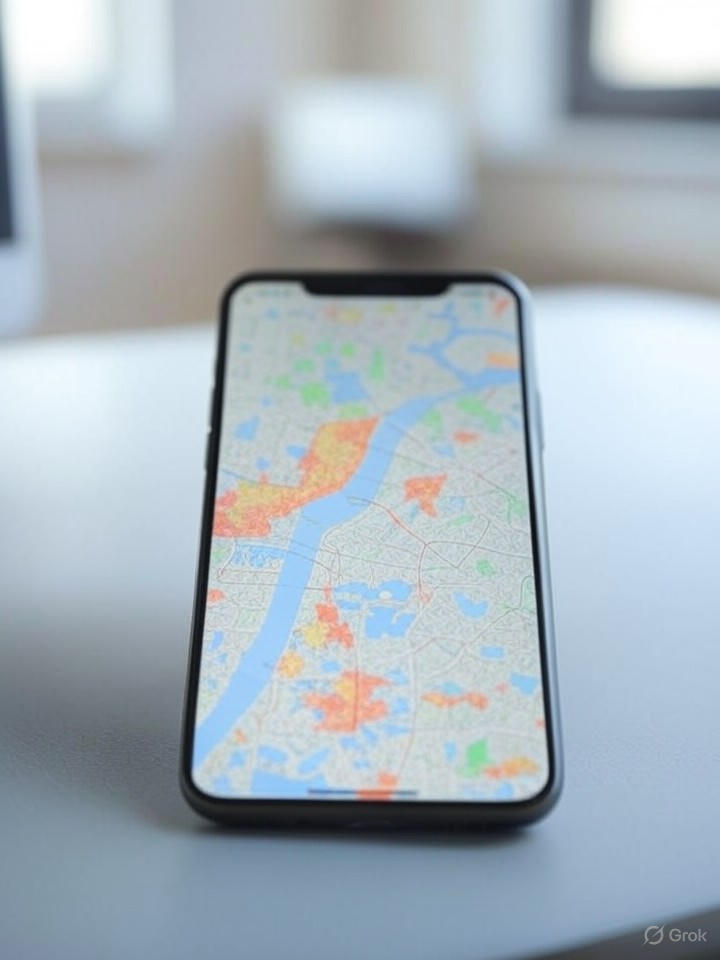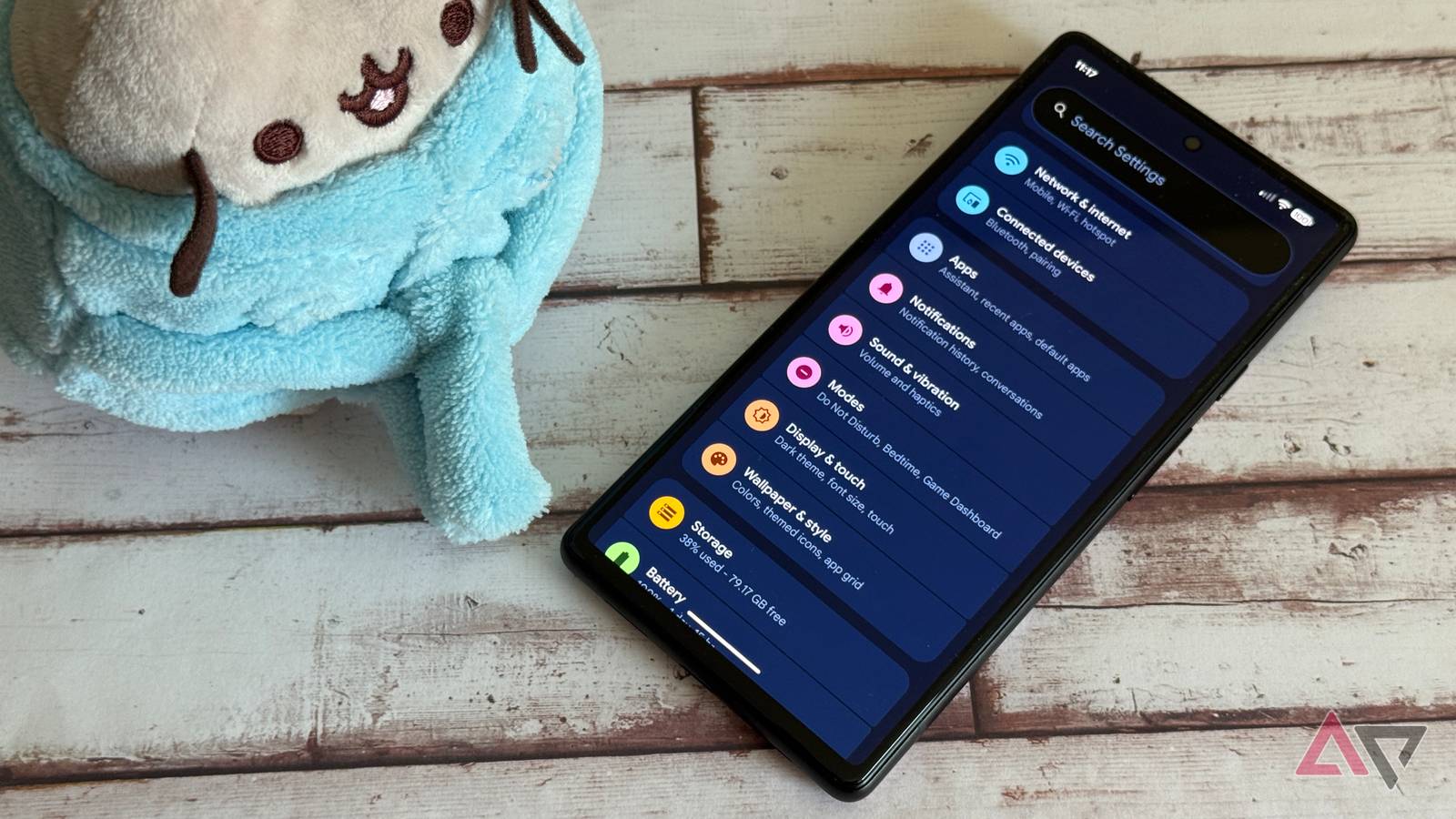In the ever-changing landscape of mobile privacy, Google’s latest Android update fixes a long-standing vulnerability that disproportionately exposes rural users. Android 16 introduces a feature called density-based coarse location, designed to improve the privacy of “coarse” location sharing. This innovation adjusts the granularity of location data based on population density, ensuring that users in sparsely populated areas do not inadvertently reveal their exact location.
The problem comes from how Android has historically handled approximate location permissions. Previously, applications with access to coarse location data received information within a fixed radius, typically around 1 to 3 kilometers. In an urban environment, this vast area encompasses thousands of potential points, thus anonymizing the user. But in rural areas, where homes and buildings are sparse, that same radius could locate a user with alarming accuracy.
The Flaw in Fixed-Radius Privacy
According to a report from Android AuthorityThis fixed-radius approach created a significant privacy loophole. For example, if an application such as a weather service asks for an approximate location, city dwellers remain relatively anonymous within a bustling urban network. However, a rural user could have their data limited to a single farm or isolated community, which would defeat the purpose of “fuzzy” permissions.
Google’s solution, deployed in QPR1 Beta 1 of Android 16, dynamically adapts the location radius based on local population density. In high-density urban areas, the radius remains small, but in low-density rural areas, it extends – potentially up to several dozen kilometers – to preserve user anonymity. This ensures that the number of possible locations in the shared area is consistent, regardless of geography.
Technical foundations of density adjustment
The feature leverages data from Google’s vast mapping ecosystem to determine density levels. As detailed in the developer documentation on the Android developers site, applications requesting a rough location will now receive coordinates adjusted to a grid of variable size. This grid is larger in areas with fewer people per square kilometer, making it more difficult for apps to infer precise locations.
Industry experts welcomed the move. Mishaal Rahman, a prominent Android analyst, pointed out on Posts on
Implications for application developers
For developers, this change requires adaptation. Apps that rely on location for features like local ads or navigation must now consider potentially larger data sets. THE Android Developer Blog describes how Android 16 updates, including this one, aim to balance features and security, urging developers to test on beta builds to ensure compatibility.
Recent news from GSMArene indicates that devices like the OnePlus Open are already receiving stable Android 16 updates, integrating these privacy tools. This deployment suggests that Google is prioritizing rapid deployment to address vulnerabilities quickly.
User Privacy in a Connected World
Beyond technical specifications, this feature highlights broader trends in digital privacy. As reported Google’s Android BlogAndroid 16 includes improvements like simplified notifications and real-time app updates, but density-based location stands out for its targeted approach to privacy fairness.
Comparisons with iOS reveal Android’s competitive advantage. Although Apple’s system uses similar fuzzy localization mechanisms, it does not dynamically adjust for density, which can leave gaps. Technology information point Android Center notes that Android 16 features, including this one, are expanding to more devices, improving its ecosystem-wide impact.
Real-world applications and challenges
In practice, this could transform the way location-based services work. For example, ride-hailing apps may receive broader location data in rural areas, requiring smarter algorithms to suggest pickups. An article on X by Rahman published earlier this year discussed related privacy tools in Android 16, like warnings about fake cell towers, indicating a holistic security push.
However, challenges remain. Not all devices support the full suite of Android 16 features, according to Wikipediawhich details the release schedule from developer previews in late 2024 to final release in June 2025. Rural users with older hardware may not benefit immediately, highlighting the digital divide.
Wider knock-on effects on the industry
The introduction of coarse density-based locations could influence regulatory discussions. With increasing scrutiny of data privacy by bodies such as European GDPR enforcement authorities, Google’s proactive measures could set a standard. India Times reported on the beta rollout, calling it one of Google’s “biggest updates in years,” tied to Material 3’s design overhauls.
Looking ahead, integrations with AI like Gemini, as mentioned in Urban Scrollcould further refine these privacy tools, using machine learning to predict and adjust density measurements in real time.
Evolving security landscape
Android 16 security updates, detailed in a AVERAGE post, include post-quantum cryptography, complementing location privacy. This multifaceted approach responds to emerging threats, from Stingray devices to data breaches.
User feedback on X suggests enthusiasm, with posts praising the feature’s potential to equalize privacy. As one tech news aggregator noted on
Future directions and adoption
As more devices receive the update, for example Mintadoption will be key. Eligible Pixel devices are in the lead, with wider deployment expected through 2025.
Amid global privacy debates, this feature positions Android as a leader in user-centered design that can influence both competitors and policymakers.










